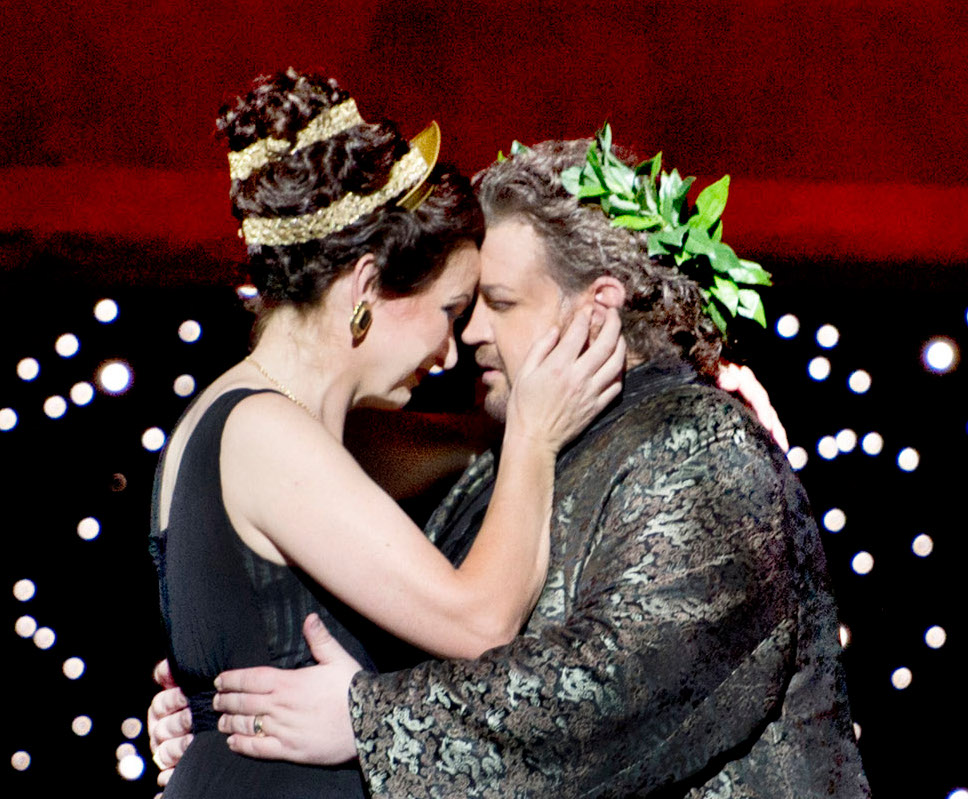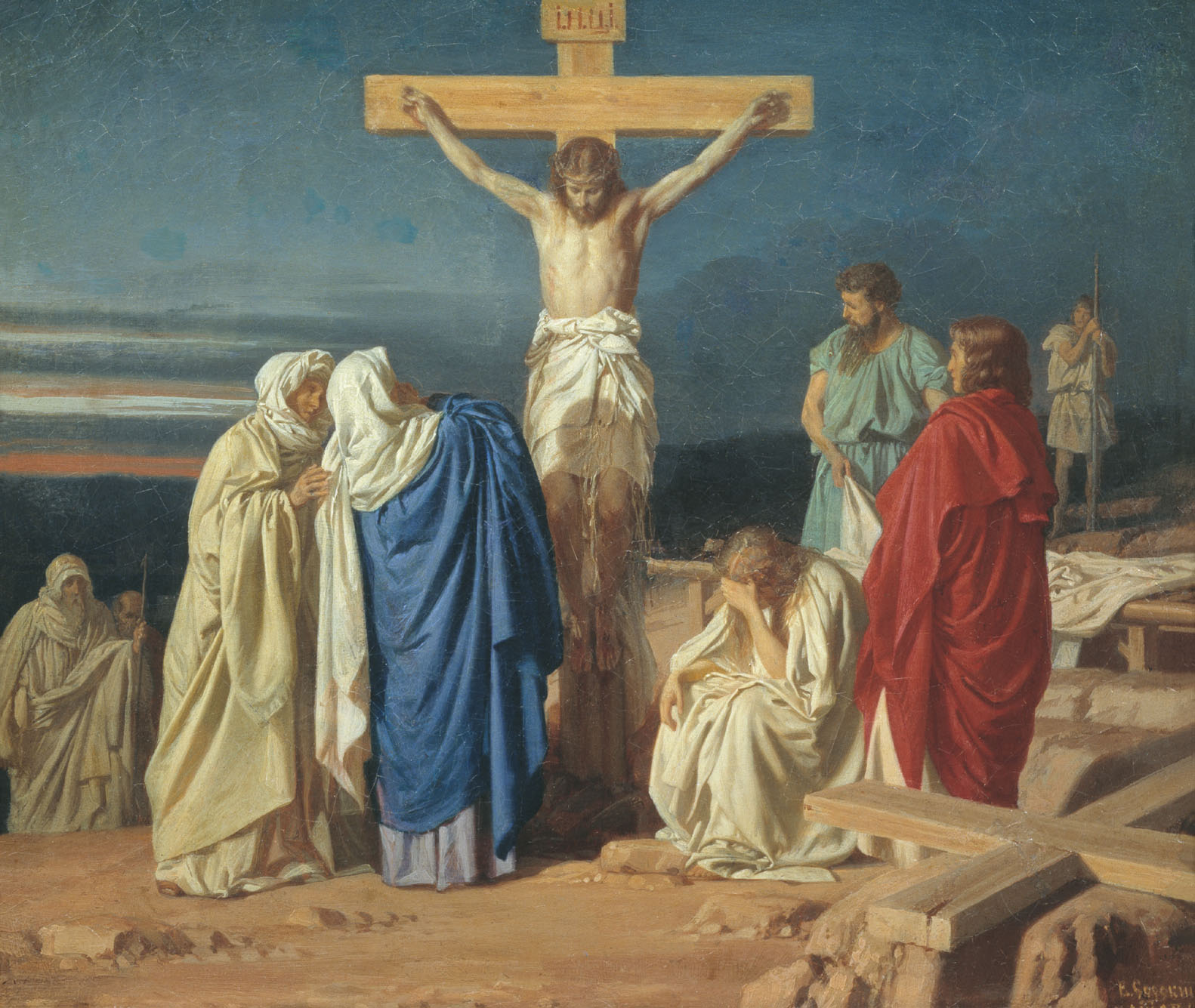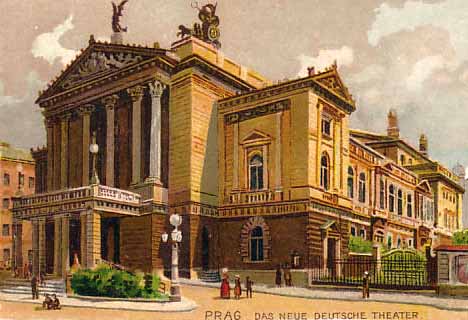|
Johan Botha (tenor)
Johan Botha (19 August 1965 – 8 September 2016) was a South African operatic tenor. Life and career Born in Rustenburg, South Africa, Botha began his vocal training with Jarmilla Tellenger from the age of 10 through 17. He then served for two years in the South African Air Force before pursuing further studies in Pretoria with Eric Muller. His voice initially was trained as a bass-baritone and his first opera performance was portraying the title role in a student production of Verdi's ''Falstaff''. As his studies progressed under Muller his voice moved towards that of a tenor. In 1990 he moved to Europe and became a longtime pupil of Irmgard Hartmann. Botha made his professional stage debut at the municipal theatre in Roodepoort as Max in ''Der Freischütz'' in 1989. He then became a member of the opera chorus at the Bayreuth Festival in 1990. In 1991 he sang Riccardo in ''Un ballo in maschera'' at the Pfalztheater Kaiserslautern. This was followed by performances at opera ... [...More Info...] [...Related Items...] OR: [Wikipedia] [Google] [Baidu] |
Ariadne Auf Naxos At Hamburgische Staatsoper 2012 - Photo No 209 By Monika Rittershaus Cropped
Ariadne (; grc-gre, Ἀριάδνη; la, Ariadne) was a Cretan princess in Greek mythology. She was mostly associated with mazes and labyrinths because of her involvement in the myths of the Minotaur and Theseus. She is best known for having helped Theseus escape the Minotaur but being abandoned by him on the island of Naxos; subsequently, she became the wife of Dionysus. (There are many other versions of her myth.) The ancient Roman author Hyginus identified Ariadne as the Roman Libera/Proserpina at approximately the same time as Libera was officially identified with Proserpina in 205 BC, these two names becoming synonymous for the same goddess. Hyginus equated Libera/Proserpina with Ariadne as bride to Liber whose Greek equivalent was Dionysus, the husband of Ariadne. Etymology Greek lexicographers in the Hellenistic period claimed that ''Ariadne'' is derived from the ancient Cretan dialectical elements ''ari'' (ἀρι-) "most" (which is an intensive prefix) and ''adn� ... [...More Info...] [...Related Items...] OR: [Wikipedia] [Google] [Baidu] |
Opera Australia
Opera Australia is the principal opera company in Australia. Based in Sydney, its performance season at the Sydney Opera House accompanied by the Opera Australia Orchestra runs for approximately eight months of the year, with the remainder of its time spent in the Arts Centre Melbourne, where it is accompanied by Orchestra Victoria. In 2004, the company gave 226 performances in its subscription seasons in Sydney and Melbourne, attended by more than 294,000 people. It is funded by government grants, corporate sponsorship, private philanthropy, and ticket sales. The proportion of its revenue from ticket sales is considerably higher than that of most companies, approximately 75 per cent. The company is perhaps best known internationally for its association with Dame Joan Sutherland, for Baz Luhrmann's production of Puccini's ''La bohème'' in the early 1990s and more recently, for, apart from performances inside the opera house, large scale outdoor performances on Sydney Harbour. ... [...More Info...] [...Related Items...] OR: [Wikipedia] [Google] [Baidu] |
Gustav Mahler
Gustav Mahler (; 7 July 1860 – 18 May 1911) was an Austro-Bohemian Romantic composer, and one of the leading conductors of his generation. As a composer he acted as a bridge between the 19th-century Austro-German tradition and the modernism of the early 20th century. While in his lifetime his status as a conductor was established beyond question, his own music gained wide popularity only after periods of relative neglect, which included a ban on its performance in much of Europe during the Nazi era. After 1945 his compositions were rediscovered by a new generation of listeners; Mahler then became one of the most frequently performed and recorded of all composers, a position he has sustained into the 21st century. Born in Bohemia (then part of the Austrian Empire) to Jewish parents of humble origins, the German-speaking Mahler displayed his musical gifts at an early age. After graduating from the Vienna Conservatory in 1878, he held a succession of conducting posts of rising ... [...More Info...] [...Related Items...] OR: [Wikipedia] [Google] [Baidu] |
Giacomo Puccini
Giacomo Puccini (Lucca, 22 December 1858Bruxelles, 29 November 1924) was an Italian composer known primarily for his operas. Regarded as the greatest and most successful proponent of Italian opera after Verdi, he was descended from a long line of composers, stemming from the late-Baroque era. Though his early work was firmly rooted in traditional late-19th-century Romantic Italian opera, he later developed his work in the realistic ''verismo'' style, of which he became one of the leading exponents. His most renowned works are ''La bohème'' (1896), ''Tosca'' (1900), '' Madama Butterfly'' (1904), and ''Turandot'' (1924), all of which are among the most frequently performed and recorded of all operas. Family and education Puccini was born Giacomo Antonio Domenico Michele Secondo Maria Puccini in Lucca, Italy, in 1858. He was the sixth of nine children of Michele Puccini (1813–1864) and Albina Magi (1830–1884). The Puccini family was established in Lucca as a local musi ... [...More Info...] [...Related Items...] OR: [Wikipedia] [Google] [Baidu] |
Charles Koechlin
Charles-Louis-Eugène Koechlin (; 27 November 186731 December 1950), commonly known as Charles Koechlin, was a French composer, teacher and musicologist. He was a political radical all his life and a passionate enthusiast for such diverse things as medieval music, ''The Jungle Book'' of Rudyard Kipling, Johann Sebastian Bach, film stars (especially Lilian Harvey and Ginger Rogers), traveling, stereoscopic photography and socialism. He once said: "The artist needs an ivory tower, not as an escape from the world, but as a place where he can view the world and be himself. This tower is for the artist like a lighthouse shining out across the world." Among his better known works is ''Les Heures persanes'', a set of piano pieces based on the novel ''Vers Ispahan'' by Pierre Loti and The Seven Stars Symphony, a 7 movement symphony where each movement is themed around a different film star (all Silent era stars) who were popular at the time of the piece's writing (1933). Life Charles Koe ... [...More Info...] [...Related Items...] OR: [Wikipedia] [Google] [Baidu] |
Stabat Mater (Dvořák)
Antonín Dvořák's Stabat Mater, Op. 58 ( B. 71), is an extended setting for vocal soloists, choir and orchestra of the 20 stanzas of the Stabat Mater sequence. Dvořák sketched the composition in 1876 and completed it in 1877. It has been characterized as a sacred cantata and as an oratorio, and consists of ten movements of which only the first and the last are thematically connected. Its total performance time is around 85 minutes. The work was first performed in Prague in 1880. N. Simrock published Dvořák's Op. 58 in 1881. In 1882, Leoš Janáček conducted a performance of the work in Brno. The work was performed in London in 1883, and again, in the Royal Albert Hall, in 1884, and thus played a crucial role in Dvořák's international breakthrough as a composer. In the 21st century the Stabat Mater continues to be Dvořák's best known, and most often performed, sacred work. History How Dvořák started to compose his Stabat Mater in February ... [...More Info...] [...Related Items...] OR: [Wikipedia] [Google] [Baidu] |
Antonín Dvořák
Antonín Leopold Dvořák ( ; ; 8 September 1841 – 1 May 1904) was a Czechs, Czech composer. Dvořák frequently employed rhythms and other aspects of the folk music of Moravian traditional music, Moravia and his native Bohemia, following the Romantic-era Czech nationalism, nationalist example of his predecessor Bedřich Smetana. Dvořák's style has been described as "the fullest recreation of a national idiom with that of the symphonic tradition, absorbing folk influences and finding effective ways of using them". Dvořák displayed his musical gifts at an early age, being an apt violin student from age six. The first public performances of his works were in Prague in 1872 and, with special success, in 1873, when he was 31 years old. Seeking recognition beyond the Prague area, he submitted a score of his Symphony No. 1 (Dvořák), First Symphony to a prize competition in Germany, but did not win, and the unreturned manuscript was lost until it was rediscovered many decades ... [...More Info...] [...Related Items...] OR: [Wikipedia] [Google] [Baidu] |
Bertrand De Billy
Bertrand de Billy (born Paris, 11 January 1965) is a French conductor. He attended a Jesuit school, but only started serious musical studies when he was around 14–15; he studied piano and violin.Bertrand de Billy, chef d’orchestre, interview with Valéry Fleurquin, 3 January 2007, in French accessed 7 February 2014. After his career as an instrumental musician, de Billy began his conducting career in . He later moved to and built up his career as an opera conductor. His professional operatic conducting debu ... [...More Info...] [...Related Items...] OR: [Wikipedia] [Google] [Baidu] |
Tiefland (opera)
''Tiefland'' (''The Lowlands'') is an opera in a prologue and two acts by Eugen d'Albert, to a libretto in German by Rudolf Lothar. Based on the 1896 Catalan play '' Terra baixa'' by Àngel Guimerà, ''Tiefland'' was d'Albert's seventh opera, and is the one which is now the best known. Performance history ''Tiefland'' was first performed on 15 November 1903 at the Neues Deutsches Theater in Prague, with only limited success. Part of the reason for the lukewarm reception may have been because the house's leading dramatic tenor, Wilhelm Elsner, had died suddenly not too long before the opera's premiere, forcing another singer to learn and perform the role of Pedro in a relatively short amount of time. For its next performance, ''Tiefland'' was revised by D'Albert and revived in Hamburg and Berlin in 1907, where it played to long runs. Its American premiere took place at the Metropolitan Opera in New York on November 23, 1908 with Emmy Destinn and Erik Schmedes in the two leading ... [...More Info...] [...Related Items...] OR: [Wikipedia] [Google] [Baidu] |
Eugen D'Albert
Eugen (originally Eugène) Francis Charles d'Albert (10 April 1864 – 3 March 1932) was a Scottish-born pianist and composer. Educated in Britain, d'Albert showed early musical talent and, at the age of seventeen, he won a scholarship to study in Austria. Feeling a kinship with German culture and music, he soon emigrated to Germany, where he studied with Franz Liszt and began a career as a concert pianist. D'Albert repudiated his early training and upbringing in Scotland and considered himself German. While pursuing his career as a pianist, d'Albert focused increasingly on composing, producing 21 operas and a considerable output of piano, vocal, chamber and orchestral works. His most successful opera was '' Tiefland'', which premiered in Prague in 1903. His successful orchestral works included his cello concerto (1899), a symphony, two string quartets and two piano concertos. In 1907 d'Albert became the director of the Hochschule für Musik in Berlin, where he exerted a wide ... [...More Info...] [...Related Items...] OR: [Wikipedia] [Google] [Baidu] |
Vienna Central Cemetery
The Vienna Central Cemetery (german: Wiener Zentralfriedhof) is one of the largest cemeteries in the world by number of interred, and is the most well-known cemetery among Vienna's nearly 50 cemeteries. The cemetery's name is descriptive of its significance as Vienna's biggest cemetery, not of its geographic location, as it is not in the city center of the Austrian capital, but on the outskirts, in the outer city district of Simmering. History and description Unlike many others, the Vienna Central Cemetery is not one that has evolved slowly. The decision to establish a new, big cemetery for Vienna came in 1863 when it became clear that – due to industrialization – the city's population would eventually increase to such an extent that the existing communal cemeteries would prove to be insufficient. City leaders expected that Vienna, then capital of the large Austro-Hungarian Empire, would grow to four million inhabitants by the end of the 20th century, as no-one foresaw the Em ... [...More Info...] [...Related Items...] OR: [Wikipedia] [Google] [Baidu] |
Wiener Zentralfriedhof - Gruppe 40 - Johan Botha (1)
Wiener (from German: "Viennese") may refer to: Food * A Polish sausage (kielbasa) or "wenar" * A Vienna sausage of German origin, named after the capital of Austria * A hot dog, a cooked sausage, traditionally grilled or steamed and served in a sliced bun People * Wiener (surname) Places *Wiener Neudorf, a town in the eastern part of the Mödling district, Austria *Wiener Neustadt, a town south of Vienna, in the state of Lower Austria, Austria *Wiener Stadthalle, an indoor arena, in Vienna, Austria *Wiener Staatsoper, the Vienna State Opera Other uses *The Wiener AC, also known as Wiener AC or WAC, an Austrian sports club in Vienna * Wiener process, a mathematical model related to Brownian motion * Wiener equation, named after Norbert Wiener, assumes the current velocity of a fluid particle fluctuates randomly * Wiener filter, a noise filter used in signal processing * Wiener (crater), a crater on the far side of the Moon *''Wiener Bonbons'', a waltz by Johan Strauss II *The W ... [...More Info...] [...Related Items...] OR: [Wikipedia] [Google] [Baidu] |








